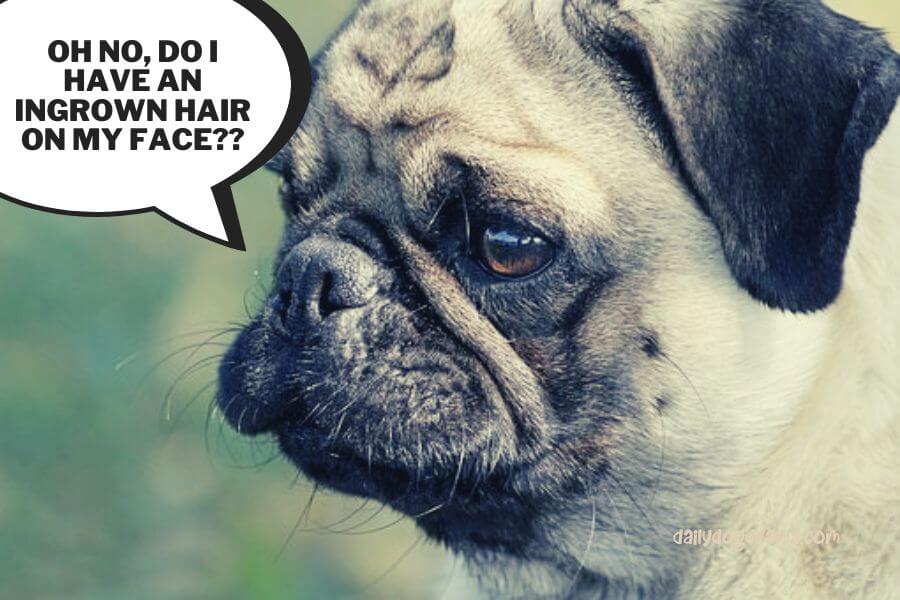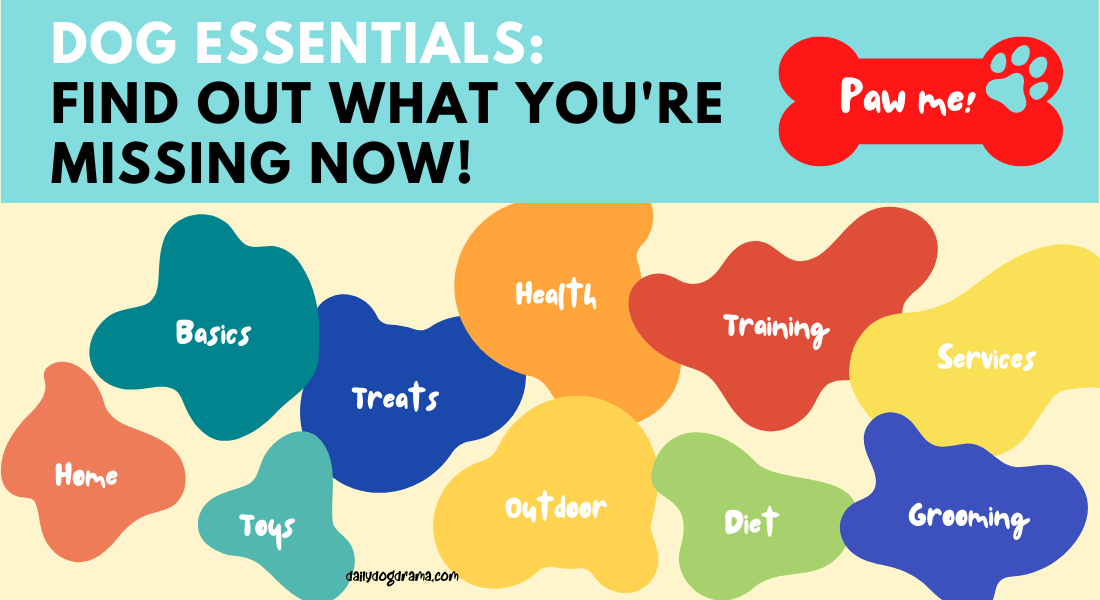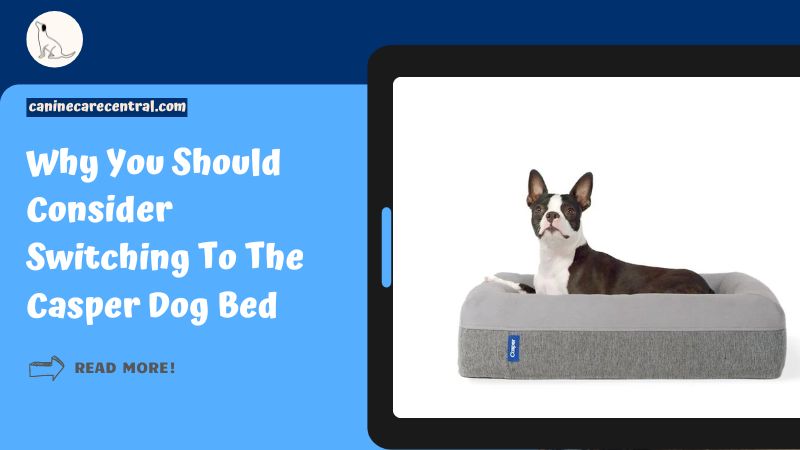Do you know what DOG ESSENTIALS you are missing out? Find out now!
Zack Keithy, our author, is a certified veterinarian technician (UC Blue Ash) for over 6 years (contact him here). The articles written here are based on his expertise and experience, combined with a review by our expert vet reviewers including Dr M. Tarantino. Learn more about us here.
When you think of your dog’s whiskers, you probably think about how cute they are. But did you know that those whiskers can actually cause problems for your pup?
The problem with ingrown dog whiskers is that they can be painful and annoying for your pooch, and they’re also not fun to deal with.
In this article, we’ll explain the causes, what you can do about it, and how to prevent it from happening again.
Medical Questions? Talk to a Veterinarian 24/7.
Connect one-on-one with a licensed vet who will answer your questions in minutes.
*Article may contain affiliate links to retailers like Amazon and Chewy. Learn more on our disclosure page.
- Can Dogs Get Ingrown Whiskers/Hairs?
- What Are Ingrown Dog Whiskers?
- What Causes Ingrown Dog Whiskers?
- Symptoms of Canine Ingrown Hair
- Do Ingrown Whiskers Hurt Dogs?
- Should I Remove My Dog’s Ingrown Hair?
- Can Ingrown Hair on Dogs be Prevented?
- Ingrown Hair Cysts and Tumors
- Breeds Affected by Ingrown Hair
- How to Prevent Ingrown Dog Whiskers or Hair?
- How to Treat Ingrown Dog Whiskers or Hair?
- Veterinary Cost to Remove Ingrown Dog Whiskers
- What is Folliculitis in Dogs?
- Frequently Asked Questions (FAQs)
- In Conclusion: Ingrown Dog Whiskers
Can Dogs Get Ingrown Whiskers/Hairs?
Yes, dogs can get ingrown whiskers (did you know whiskers are known as vibrissae?) and hairs just like other mammals, but the latter is much more common.
Hair develops from skin follicles, and dogs in particular are vulnerable to infections and hair follicle issues because the majority of their bodies are covered in a thick coat.
Breeds with double coats are more likely to get tumors, ingrown hairs, and hair follicle cysts.
Doggy says, consider reading this too: Overgrown Dew Claws in Dogs
What Are Ingrown Dog Whiskers?
Dogs have whiskers on their faces that help them detect the movement of their surroundings.
They use these whiskers as “feelers” to help them navigate and “see” the world around them.
But sometimes, those whiskers get a little tangled up with each other and start growing inwards towards the dog’s face instead of outwards towards the world.
This is called an ingrown dog whisker, and it’s an incredibly painful condition that can cause infection if not treated.
What Causes Ingrown Dog Whiskers?

In lots of cases not unlike in humans, ingrown dog whiskers are simply a result of improper hair growth that cannot really be avoided.
When the whiskers are unable to break out of the skin, an ingrown whisker happens.
Other common causes are:
- Shaving or grooming of their fur recently
- Grooming products as they could clog their pores and disrupt the growth of their regular hair
- Excessive scratching due to trauma to the skin
- Bathing your dog excessively
- Allergies, ectoparasites, bacterial infections, autoimmune disorders, and any other chronic skin issues
- An underlying condition such as seborrhea
Symptoms of Canine Ingrown Hair
There are a number of tell-tale signs that your dog has developed ingrown hair or whiskers, some more obvious than others.
The most common symptoms of canine ingrown hair are:
- Red, irritated skin
- Itchiness
- Scratching of the affected area
- Hair loss in the affected area
On dogs, ingrown hair commonly appears as swollen, red, pimple-like pimples that turn into pustules and, when they break, reveal the hidden hair.
They can also manifest as other skin irritations, such as crusty spots or rough, bald areas.
Your pet’s behavior could be your first indication that an ingrown hair is present because it can appear in locations covered in fur that are difficult to see.
Constant skin-chewing or scratching are behavioral symptoms that indicate the presence of ingrown hair.
For dogs with short coats, they will tend to appear in spots where there is lesser hair, such as the abdomen.
They can appear anywhere on the body in breeds with long, curly hair, such as poodles.
Take note though, this is not to be confused with folliculitis (discussed later).
Do Ingrown Whiskers Hurt Dogs?
Dog ingrown whiskers or hair are frequently extremely irritating.
As a result, unpleasant lumps and lesions may appear in the area where your dog frequently scratches or chews.
And because of this excessive contact, an infection may result from this as well.
It’s essential to have any ingrown hairs examined, and when the time comes, let the professionals groom your dog to lower the likelihood of a recurrence.
Should I Remove My Dog’s Ingrown Hair?
Vibrissae are two times as thick as other dog hairs, penetrate the skin far deeper, and are packed with blood vessels and nerves.
As you may imagine, this implies that removing one of these vibrissae from your dog may cause severe pain and blood.
So, never do it!
These nerves and this blood supply provide these thick hairs the ability to detect air movement or the presence of objects or substances in the environment.
Besides, it may also result in infection and raise the possibility that the hair will regrow ingrown.
Your groomer should be able to recommend the right ways to treat it, but if not, a visit to the vet is necessary.
Can Ingrown Hair on Dogs be Prevented?

Although you can’t completely prevent ingrown hairs, you can reduce the likelihood that your dog may experience a serious infection as a result.
To avoid a buildup of dry skin or dead skin cells, which can lead to ingrown hairs, brush your dog every day and take him to the groomer frequently.
If your dog is particularly prone to getting ingrown hairs, shaving him can help avoid them.
Ingrown Hair Cysts and Tumors
Dogs with follicular cysts have fluid-filled sacs or pockets that are encircled by hair strands.
They grow as a result of inflammation and infection.
Pus begins to fill the area and leak out until it is being popped.
Take your dog to the vet for the necessary therapy if you think he has an ingrown hair cyst so the infection won’t spread.
Poodles and ingrown hair
Breeds Affected by Ingrown Hair
Most dogs will have ingrown hair at some point in their lives and are harmless and go away quickly.
However, there are some dog breeds that might be more susceptible to hair follicle tumors, such as the following:
- Basset Hounds
- Cocker Spaniels
- English Springer Spaniels
- German Shepherds
- Golden Retrievers
- Irish Setters
- Miniature Schnauzers
- Standard Poodles
Good news though.
The majority of the prognosis is positive as these tumors are benign.
How to Prevent Ingrown Dog Whiskers or Hair?
Let’s first talk about prevention methods so that this problem has less of a chance of happening.
As you should be aware, regular grooming has lots of benefits for your dog, and the prevention of ingrown hairs is one of them.
Remember the following tips so that you won’t find yourself facing this situation:
- Brush your dog’s hair frequently to remove dead skin
- Always purchase shampoos, conditioners, and coat protection products of the highest caliber as they will aid in maintaining good skin and guard against infestation, infections, and ingrown hairs from dogs
- Never over-bath your pet as this could result in dry and irritated skin
- Keep your dog’s skin, belly, face, paw, chin, and other bumps from popping. These are prone to developing into infected ingrown follicles, which would only make matters worse
How to Treat Ingrown Dog Whiskers or Hair?
First and foremost, remember not to pull a dog whisker out. That can be harmful and traumatizing for your dog without using the right technique.
Instead, let the hair grow out and observe your dog during this time for any possible signs of infection.
If you wish to treat the condition at home, here’s what you can do:
You’ll need to clean the area, apply a topical antibiotic ointment, and monitor your dog’s progress.
First, you should clean the affected area with warm water and soap (just like you would with any wound) to reduce the risk of infection.
Then rinse thoroughly with hydrogen peroxide or another antiseptic solution to get rid of any dirt and germs that could cause an infection.
Once you’ve cleaned the wound, apply a topical antibiotic ointment twice daily until the problem heals completely.
Alternatively, you can send your dog to a groomer or to the vet.
They would likely use a topical scrub to dislodge the ingrown hair or in some cases, your vet will use a scalpel and tweezers to remove them.
Veterinary Cost to Remove Ingrown Dog Whiskers
There is no fixed pricing guide for this as this can easily be fixed during a routine checkup with your vet.
If you wish to be sure, do give them a call to verify before heading down.
Doggy says, consider reading this too: Dog Licking Its Paws After Grooming? [5 SOLUTIONS]
What is Folliculitis in Dogs?
The term “folliculitis” describes the inflammation of one or more hair follicles.
It is most frequently referred to in veterinary medicine as “bacterial folliculitis,” a disorder that involves bacterial infection of the hair follicles and is largely regarded as the most typical canine skin illness.
Prognosis for dogs with folliculitis
The prognosis varies depending on the condition’s underlying cause.
Dogs often recover within a couple of weeks from folliculitis caused by localized infection or irritation and respond well to topical therapy and oral drugs.
The dog’s prognosis will depend on the severity of the underlying systemic health condition and how well the dog reacts to specific therapies if the folliculitis is brought on by it.
How to prevent folliculitis
Dog folliculitis is mostly impossible to avoid.
The greatest method for preventing folliculitis from getting worse is early detection and treatment.
Owners of dogs can take precautions to avoid folliculitis by managing systemic health conditions like hypothyroidism with the proper long-term treatment.
Make sure to get in touch with your vet as soon as any skin problems appear.
Frequently Asked Questions (FAQs)
Do dog whiskers grow back?
Yes, dog whiskers will grow back. Groomers sometimes trim them down to complete their look, but you should never pull them out. It causes pain and disorientates your dog.
What happens when you cut off a dog’s whisker?
There are no nerve endings on the whisker itself so there will be no pain for your dog, but if it was plucked out, it will start to bleed and cause pain. Typically, dog whiskers will grow back within 2 weeks.
In Conclusion: Ingrown Dog Whiskers
Ingrown hair is very common when it comes to dogs, and whiskers are hardly the problem, so you really don’t have much to worry about.
Ensuring that you groom your dog regularly is the best way to prefer such issues from happening.
Continue reading other dog care tips on our blog such as whether you should buy a puppy with an umbilical hernia, can you bury a dog that died of parvo, is it bad to keep dog ashes at home, and many more!
You’ve made it to the end, but I hope it’s not the end of our journey. We want to hear your voice! Share your thoughts, problems, suggestions, or anything related to your dog in the comments section. And don’t forget to join our newsletter today too.




